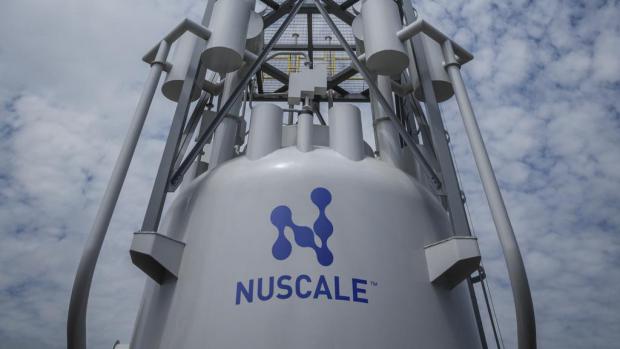
Breaking News
 Audio + English transcript from the closed-door July 9, 2025 court hearing in the case against...
Audio + English transcript from the closed-door July 9, 2025 court hearing in the case against...
 Trump: Obama started this WHOLE thing! (6 mins on it from the Maria B interview)
Trump: Obama started this WHOLE thing! (6 mins on it from the Maria B interview)
 Provoked: How Washington Started the New Cold War with Russia and the Catastrophe in Ukraine
Provoked: How Washington Started the New Cold War with Russia and the Catastrophe in Ukraine
 US Politics Is Just Nonstop Fake Revolutions Now
US Politics Is Just Nonstop Fake Revolutions Now
Top Tech News
 3D Printed Aluminum Alloy Sets Strength Record on Path to Lighter Aircraft Systems
3D Printed Aluminum Alloy Sets Strength Record on Path to Lighter Aircraft Systems
 Big Brother just got an upgrade.
Big Brother just got an upgrade.
SEMI-NEWS/SEMI-SATIRE: October 12, 2025 Edition
 Stem Cell Breakthrough for People with Parkinson's
Stem Cell Breakthrough for People with Parkinson's
 Linux Will Work For You. Time to Dump Windows 10. And Don't Bother with Windows 11
Linux Will Work For You. Time to Dump Windows 10. And Don't Bother with Windows 11
 XAI Using $18 Billion to Get 300,000 More Nvidia B200 Chips
XAI Using $18 Billion to Get 300,000 More Nvidia B200 Chips
 Immortal Monkeys? Not Quite, But Scientists Just Reversed Aging With 'Super' Stem Cells
Immortal Monkeys? Not Quite, But Scientists Just Reversed Aging With 'Super' Stem Cells
 ICE To Buy Tool That Tracks Locations Of Hundreds Of Millions Of Phones Every Day
ICE To Buy Tool That Tracks Locations Of Hundreds Of Millions Of Phones Every Day
 Yixiang 16kWh Battery For $1,920!? New Design!
Yixiang 16kWh Battery For $1,920!? New Design!
 Find a COMPATIBLE Linux Computer for $200+: Roadmap to Linux. Part 1
Find a COMPATIBLE Linux Computer for $200+: Roadmap to Linux. Part 1
Nuscale Will Get 25% More From Modular Nuclear Reactors For Breakthrough Economic Value

This breakthrough in economic value means that Nuscale modules will be clearly superior to all of the conventional large nuclear reactors and competitive against many natural gas and clean coal alternatives.
The overnight kilowatt cost for Nuscale is expected to drop from $3,600 to approximately $2,850.
For power generation capacity capital costs are often expressed as overnight cost per watt. Estimated costs are:
gas/oil combined cycle power plant – $1000/kW (2019)
onshore wind – $1600/kW (2019)
offshore wind – $6500/kW (2019)
solar PV (fixed) – $1060/kW (utility), $1800/kW (2019)
solar PV (tracking)- $1130/kW (utility) $2000/kW (2019)
battery storage power – $2000/kW (2019)
conventional hydropower – $2680/kW (2019)
geothermal – $2800/kW (2019)
coal (with SO2 and NOx controls)- $3500–3800/kW
advanced nuclear – $6000/kW (2019)
fuel cells – $7200/kW
Clean coal has higher operating costs and higher capital costs. Natural gas has high operating costs. The cost is mainly the constant usage of gas.
Nuscale will have very low nuclear-operating costs and baseload power reliability and the 60-year lifespan of nuclear reactors vs 15-25 years for solar and wind.
Hydropower requires flooding a large area of land and usually requires a river with the right characteristics.



